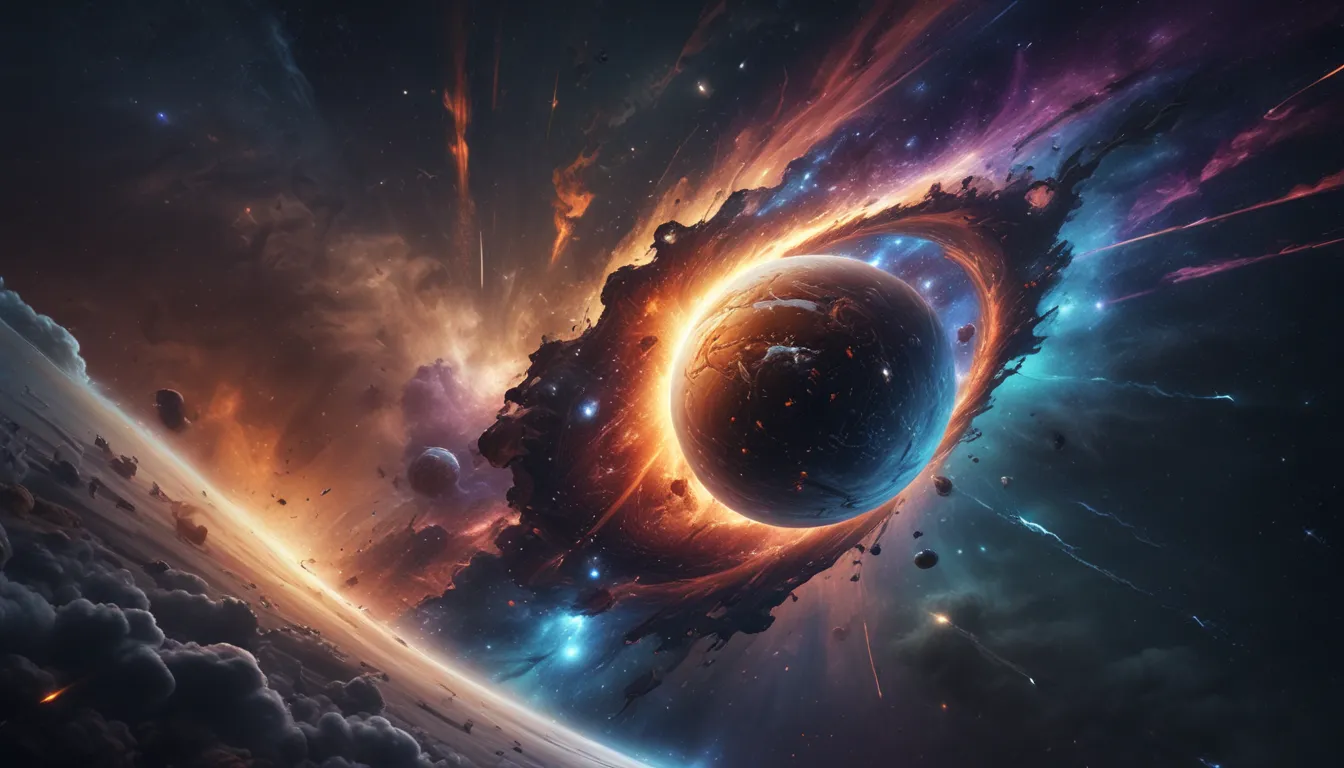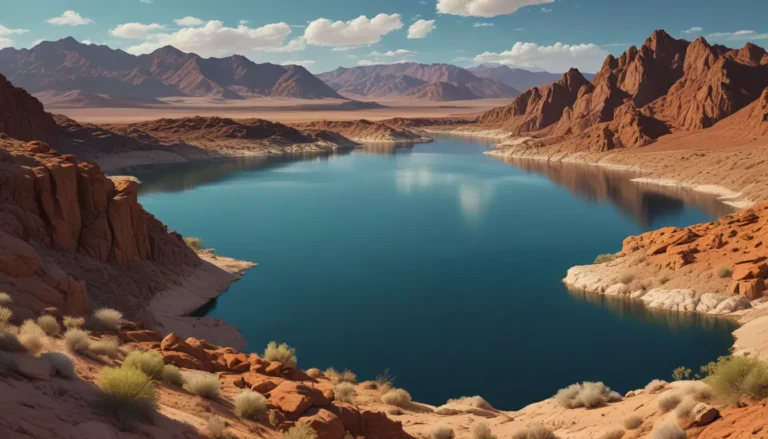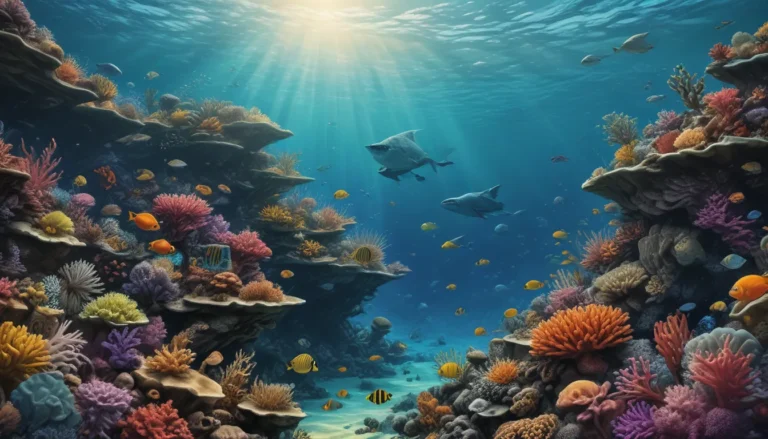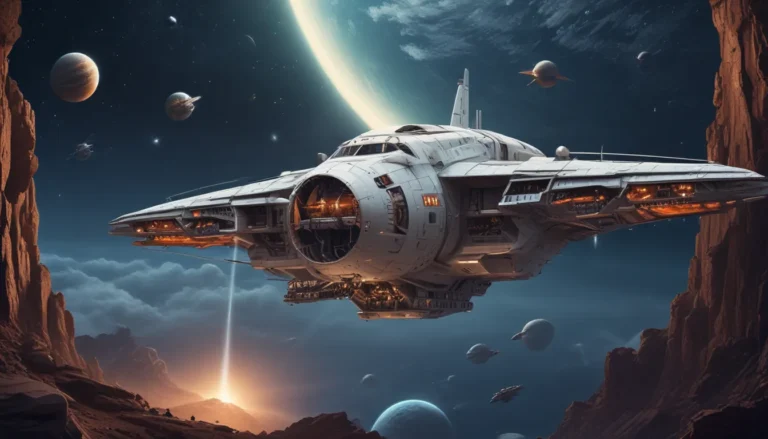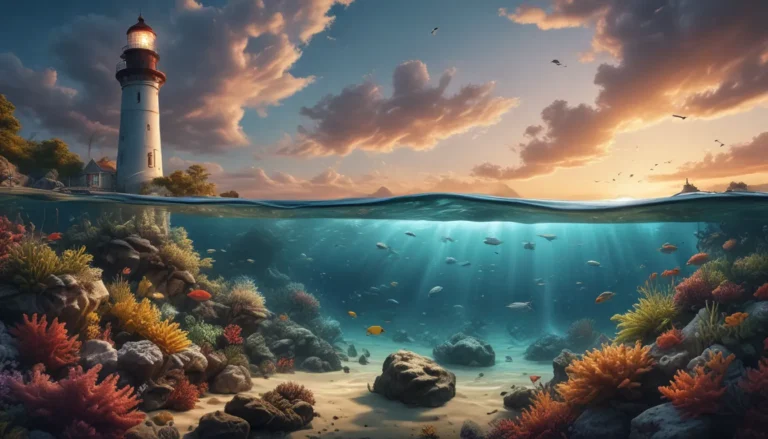The pictures we use in our articles might not show exactly what the words say. We choose these pictures to make you interested in reading more. The pictures work together with the words but don’t take their place. The words still tell you the important facts.
Welcome, fellow space enthusiasts, to a journey through the captivating realm of galactic collisions. These cosmic events, where galaxies merge and interact in a dazzling dance of epic proportions, have intrigued astronomers and curious minds for centuries. Join us as we explore 19 intriguing facts about these celestial encounters, delving into the awe-inspiring dynamics and mesmerizing phenomena that shape our vast Universe.
Galactic Collisions: A Cosmic Dance of Epic Proportions
Galactic collisions are not just random cosmic encounters; they are spectacular events where galaxies come together, merging their stars, gas, and dust in a mesmerizing display of celestial fireworks. These collisions play a crucial role in reshaping the very fabric of our Universe, offering us a glimpse into the evolution and cosmic tapestry that surrounds us.
The Spectacular Cosmic Events that Shape Galaxies
During a galactic collision, two or more galaxies interact gravitationally, setting off a chain reaction of events that trigger bursts of star formation and influence the distribution of matter within the merged system. These collisions are not fleeting moments but extended cosmic encounters that unfold over millions of years as galaxies slowly merge and interact under the force of gravity.
Galactic Collisions: Bridging the Past and Future of Galaxies
One of the most eagerly anticipated galactic collisions is the impending encounter between our Milky Way and the Andromeda Galaxy, predicted to occur in about 4 billion years. This collision holds the promise of reshaping our galactic neighborhood and offering valuable insights into the evolution of galaxies.
Unveiling the Cosmic Transformations Triggered by Galactic Collisions
As galaxies collide, the interstellar gas and dust within them are compressed and heated, leading to the dramatic formation of new stars in intense bursts of stellar activity. Moreover, the supermassive black holes at the center of colliding galaxies have the potential to merge, creating even more massive black holes that shape the cosmos.
Witnessing the Beauty of Galactic Collisions: Tidal Tails and Distorted Shapes
The gravitational forces between colliding galaxies can result in the creation of stunning tidal tails—long streams of stars and gas that are pulled out from the galaxies during the collision. Moreover, the interaction can distort the original shapes of galaxies, giving rise to peculiar and fascinating structures that defy conventional cosmic norms.
Galactic Collisions: A Symphony of Stellar Populations
Through the merging of galaxies, the populations of stars from different origins blend together, resulting in a harmonious mix of stellar characteristics and histories. This blending of stellar populations adds a layer of complexity and richness to the cosmic tapestry, offering a unique glimpse into the diversity of galactic systems.
Marveling at the Enormous Energy Released in Galactic Collisions
The immense energies involved in galactic collisions generate powerful bursts of radiation, shockwaves, and cosmic rays that shape the surrounding environment. These energetic outbursts play a pivotal role in sculpting the interstellar medium and influencing the formation of new celestial structures within the galaxies.
Capturing the Splendor of Galactic Collisions: Insights from the Hubble Space Telescope
The Hubble Space Telescope has been instrumental in providing breathtaking images of galactic collisions, offering detailed glimpses into the dynamics and aftermath of these cosmic encounters. These images not only mesmerize us but also deepen our understanding of the processes at play during galactic collisions.
Dark Matter: The Mysterious Force in Galactic Collisions
Dark matter, a mysterious substance that constitutes a significant portion of the universe's mass, plays a crucial role in galactic collisions. Interacting gravitationally during these encounters, dark matter influences the merging process and shapes the evolution of galaxies in profound ways.
Galactic Collisions: A Catalyst for Galaxy Cluster Formation
In some instances, galactic collisions can lead to the formation of massive galaxy clusters, where numerous galaxies come together and are bound by gravity. These clusters represent the culmination of intricate cosmic interactions that shape the large-scale structure of the universe.
Beyond the Binary: Merging Galaxies in the Cosmic Tapestry
Binary galaxies, consisting of two galaxies gravitationally bound to each other, can merge into a single entity through the course of a galactic collision. This merger process can result in the creation of new galactic entities and contribute to the diversity of celestial structures in the universe.
Unleashing Cosmic Shockwaves: The Impact of Galactic Collisions
The high-speed interactions and gravitational forces involved in galactic collisions produce shockwaves that can trigger further star formation and shape the interstellar medium. These cosmic shockwaves add a dynamic element to the galactic dance, influencing the formation and evolution of celestial objects.
Illuminating the Evolution of the Universe Through Galactic Collisions
Studying galactic collisions provides valuable insights into the processes that have shaped the universe over billions of years. By unraveling the complexities of these cosmic encounters, astronomers can better understand the intricate cosmic tapestry that surrounds us and appreciate the ever-evolving nature of the universe.
Conclusion: Embracing the Marvels of Galactic Collisions
Galactic collisions stand as awe-inspiring phenomena that continue to captivate astronomers and space enthusiasts with their majestic displays and profound implications for the evolution of galaxies. From triggering star formation to shaping new celestial structures, these collisions serve as a reminder of the dynamic and ever-changing nature of the cosmos.
By exploring the 19 intriguing facts about galactic collisions, we have gleaned a deeper understanding of the remarkable phenomena that unfold within the vast expanse of space. Let us continue to marvel at these cosmic events, embarking on a journey of discovery and enlightenment as we unravel the secrets of the universe.
FAQs
Q: What is a galactic collision?
A: A galactic collision occurs when two or more galaxies interact gravitationally, leading to a merger or an intricate dance as they pass by each other.
Q: How often do galactic collisions occur?
A: Galactic collisions are relatively common cosmic events, occurring throughout the history of the universe. However, the frequency varies depending on the location and density of galaxies within a given region.
Q: What happens during a galactic collision?
A: During a galactic collision, the gravitational forces between galaxies cause their gas, dust, and stars to interact, triggering intense star formation, distorting the shape of galaxies, and even leading to the formation of supermassive black holes.
Q: Can galactic collisions pose a threat to life on Earth?
A: Galactic collisions occur on such vast cosmic scales that they do not pose a direct threat to life on Earth. However, the gravitational interactions can potentially disrupt the orbits of stars, leading to changes in the stability of planetary systems within the galaxies involved.
Q: Are there any known galactic collisions happening currently?
A: Yes, there are several known galactic collisions happening currently, such as the ongoing collision between the Milky Way and the Andromeda galaxy, which is expected to occur in a few billion years.
As we continue to explore the wonders of galactic collisions and unravel the mysteries of the cosmos, let us embrace the beauty and complexity of the universe that surrounds us. Join us in our quest for knowledge and discovery as we venture further into the depths of space, guided by curiosity and a thirst for understanding.
